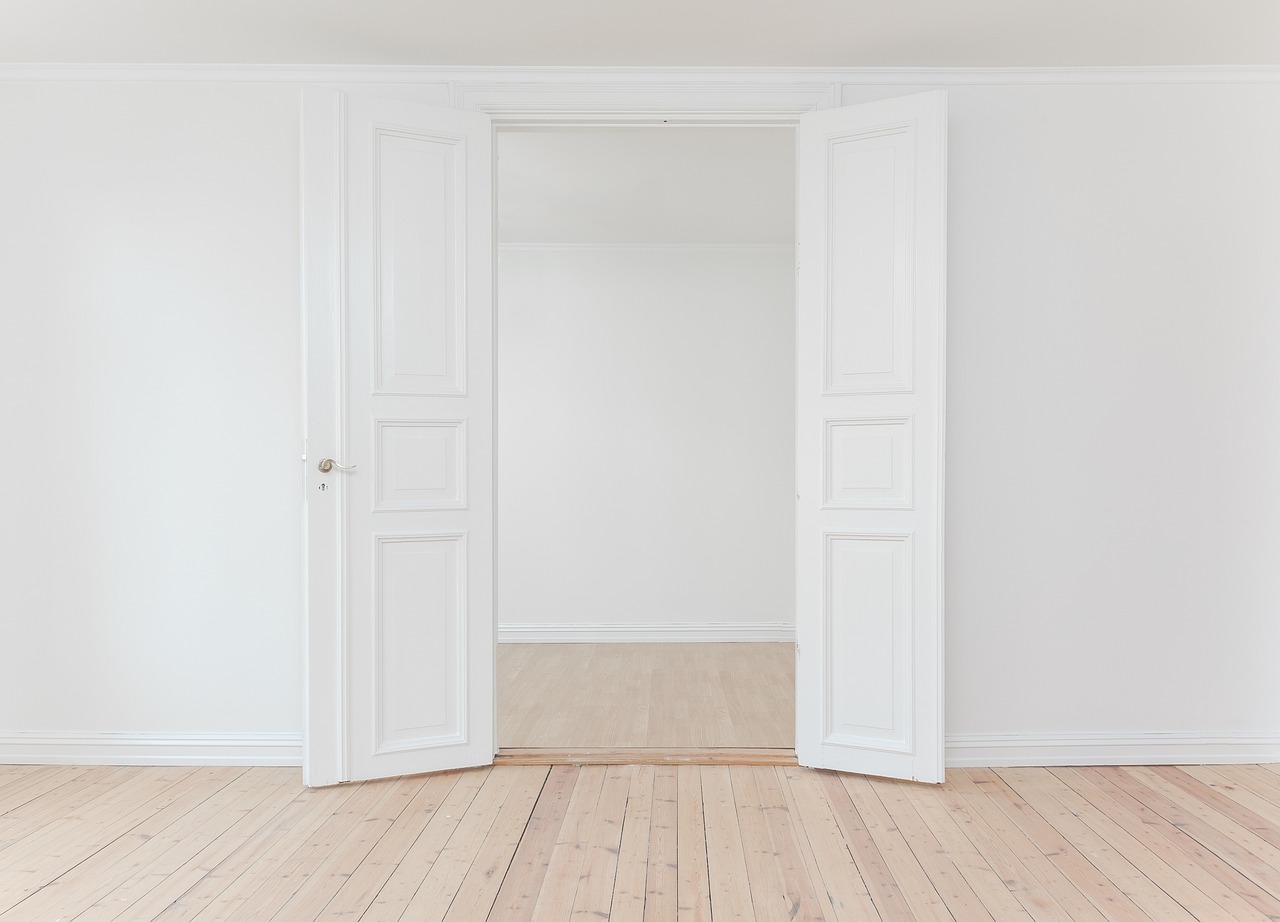When planning a renovation or refurbishment, internal doors often receive less attention than kitchens, flooring or bathrooms. Yet the choice of internal doors plays a crucial role in safety, sound insulation and overall appearance. Regulations govern where fire doors are needed, quality standards affect how long they last, and prices can vary dramatically depending on specification and installation. Understanding these factors helps homeowners, landlords and developers make informed decisions and avoid costly mistakes.
Internal door regulations exist primarily for fire safety and acoustic performance. Doors that form part of an escape route, such as those separating living spaces from staircases, frequently need to be certified fire doors. The most common ratings are FD30, providing thirty minutes of fire resistance, and FD60, offering an hour of protection. These doors must be installed as complete assemblies, including the frame, intumescent seals and compatible fire-rated hardware such as hinges and closers. Correct installation is critical: even a well-made fire door will fail if gaps are too large or seals are missing.
Sound insulation is another consideration. In apartments, conversions and new builds, doors may need to achieve a certain level of sound reduction to comply with acoustic requirements. Solid core or engineered timber doors are far superior to lightweight hollow-core models in blocking sound, and they also feel more substantial and secure in everyday use.
Quality varies widely in the market, so it is worth paying attention to construction details. A solid core door with a durable veneer or painted finish will resist warping, close smoothly and last for years. Hollow-core doors, though more affordable, are less robust and are best reserved for cupboards or rooms where sound reduction is not a priority. Checking that seals, hardware and finish are of good standard is essential, particularly when installing multiple doors as part of a refurbishment.
Prices for internal doors range from budget to premium. A basic hollow-core model typically costs between £40 and £100, while a good quality solid core door is likely to fall in the £100 to £300 range. Certified fire doors are more expensive, usually starting around £150 and reaching £500 or more for glazed or bespoke finishes. Installation adds another layer of cost, with standard fitting typically between £75 and £300 per door depending on whether the frame must be replaced or trimmed. A whole-house replacement project involving ten or more doors can easily run into several thousand pounds once supply, labour and finishing are included.
Before purchasing, it is sensible to confirm which doors need to meet fire safety requirements and to obtain written quotations that separate supply and installation costs. Asking for proof of fire certification and ensuring that installers are competent in fitting fire doors will avoid problems with compliance. For larger projects, particularly loft conversions or multi-storey refurbishments, consulting with building control or a fire safety specialist can prevent expensive rework later.
Maintenance is also important. Fire doors should close reliably under their own power, seals should be intact, and any damaged hardware should be replaced promptly. Landlords and property managers are advised to carry out regular checks and keep records of inspections, particularly in communal buildings where fire safety compliance is a legal duty.
Choosing internal doors may not be the most glamorous part of a project, but it has a direct effect on safety, comfort and property value. Taking the time to select quality internal doors, understanding where fire doors are required, and budgeting realistically for installation ensures a result that looks good, performs well and meets regulatory expectations.



